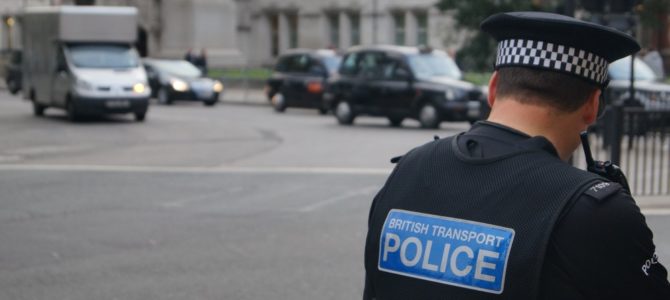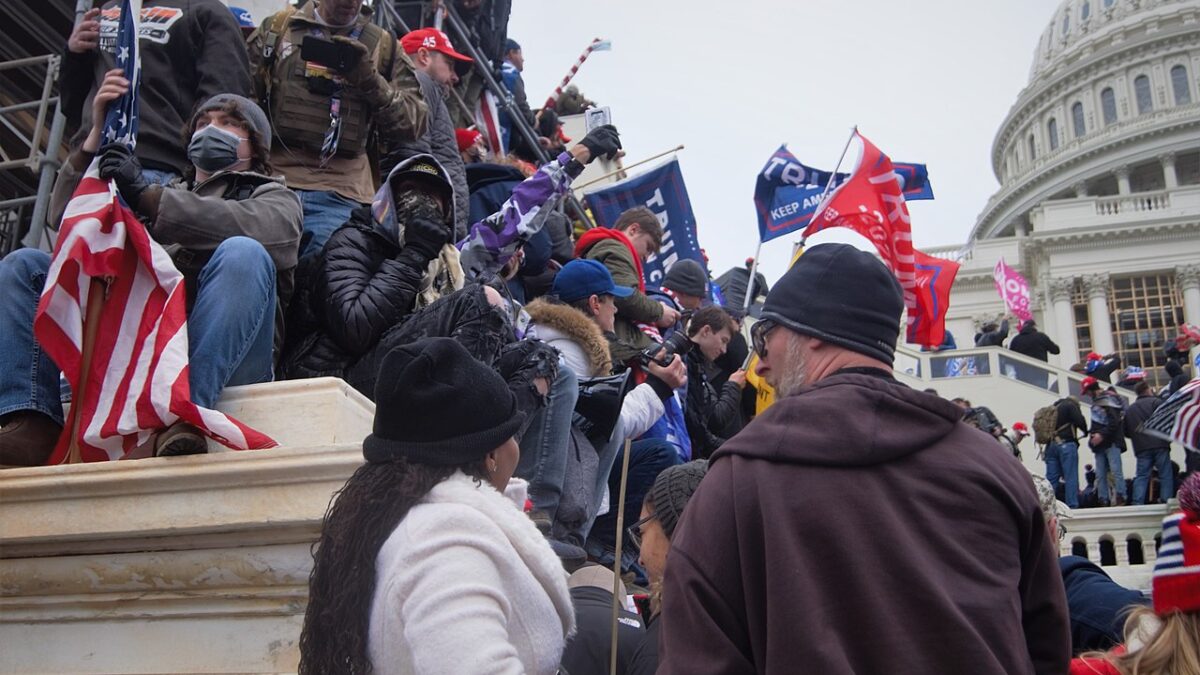
Oh, to be in England, where the bobbies patrol without guns, and peace and harmony rule. That’s the idea peddled by The Nation’s D.D. Guttenplan, who calls for not only defunding but also disarming the police.
In one sense, you can’t deny the logic of his argument. If you reduce the number of police through defunding and then take away their guns, there are sure to be fewer police-involved shootings. But defunding and disarming police would also give you more of some things, not the least of them being more violent crime.
Calls to disarm the police ignore this, just as they ignore the fact that police shootings have declined dramatically over the last 50 years. As Manhattan Institute scholar Rafael A. Mangual recently noted in the Wall Street Journal: “In 1971 the New York City Police Department reported 810 firearms discharges by officers, which wounded 220 people and killed 93. In 2016 those numbers were down to 72 shootings, 23 wounded and nine killed.”
Mangual also cited a 2018 study analyzing more than 100,000 arrests. More than 99 percent of those arrests were made without the use of physical force, and when force was used, 98 percent of the suspects sustained only mild or no injury.
It is safe to say that many of those arrested would have been far more tempted to use physical force to resist arrest, had the arresting officers not been armed. The mere presence of police firearms can be a powerful deterrent to violence.
Calls to adopt “the British model” ignore another salient fact: We don’t live in Great Britain. The U.K. does not recognize a right to keep and bear arms—a right that existed in our country even before it was enshrined in the Second Amendment in 1789—and has spent the last century systematically disarming its civilian population. Today, fewer than 4 percent of the British population own any sort of firearm.
America is far different. More than 40 percent of our citizens live in a household with guns. Indeed, there are more firearms in America than there are Americans. Millions of them are on the streets illegally, and not all of them are in the hands of good guys.
With remarkably few exceptions, the police are the good guys. And it’s a good thing they are armed. The ability of armed law enforcement to respond quickly to violent threats has saved countless lives.
Consider last year’s shooting in a crowded section of downtown Dayton, Ohio, when local police neutralized the shooter less than 30 seconds after he fired the first shot. Or the earlier mass murder in Gilroy, California, in which armed police brought down the shooter in about a minute. Those two incidents alone claimed 12 innocent lives. How many more would have been lost had the police been armed with only billy clubs, Tasers, and whistles?
To ask police to do their jobs in extremely dangerous environments without adequate means of protection defies logic. Even in idyllic England, they recognize the need to increase police firepower consistent with increased risk. Thus, in the aftermath of the 2015 terrorist attacks in Paris, London equipped more of its officers with guns. As violent crime has risen, the city continues to boost the number and response capabilities of its armed police.
It’s a false idea that disarming the police would usher in an era of non-violent conflict resolution in which nobody gets hurt and everyone gets along. That’s not the real world. In the real world, there are criminals committing serious crimes. They are an active and powerful force, and police departments were created specifically to counter that force. Defunding and disarming the police would only cede ground to mayhem and chaos.
What would be the real-world consequence of doing that? Christopher F. Rufo describes it this way: “In the subsequent vacuum of physical power, wealthy neighborhoods would deploy private police forces, and poor neighborhoods would organize around criminal gangs — deepening structural inequalities and harming the very people that the police abolitionists say they want to help.”
In short, the body count would rise, and majority-minority communities, where most violent crime occurs, would suffer the most. Moreover, if fewer police officers carried firearms, the number of citizens purchasing guns to protect themselves and their loved ones would undoubtedly increase dramatically.
Yes, there are ways we can reduce the number of police-involved shootings. De-escalation training, for example, has routinely proved effective in this regard, as has increased training using realistic shoot-or-don’t-shoot simulators. We should do more of these. We also favor greater transparency and accountability to weed out bad cops, and providing incentives to help recruit high-quality candidates willing to serve and protect.
But at the end of the day, we live in a sinful world, one in which an effective and adequately armed police force is necessary to keep the forces of death and destruction at bay. We’ve seen what happens when local officials effectively suspend the rule of law by neutering their police forces. Riots. Arson. Looting. Murder.
Although violent crime rates have dropped over the last two decades, we still believe, regrettably, that we have not entered the Age of Aquarius and that Thomas Hobbes’s vision that in the state of nature, people would live in “continual fear and danger of violent death; and the life of man solitary, poor, nasty, brutish, and short” is closer to the mark.
Society disintegrates quickly without the rule of law. And a heavily armed nation needs well-armed, well-funded, and well-trained police officers to assure the safety of its citizens and to serve justice.








